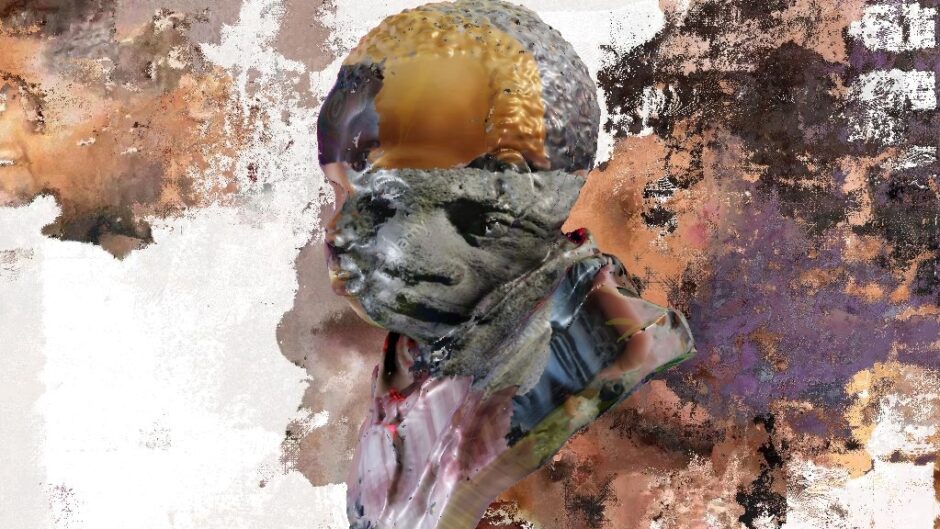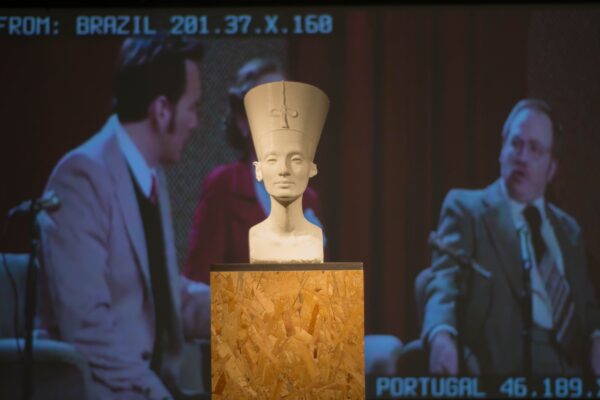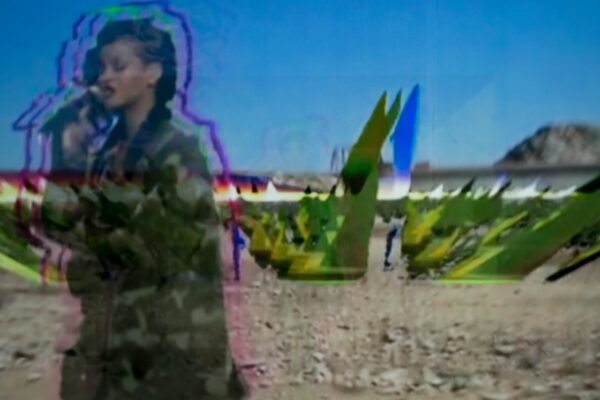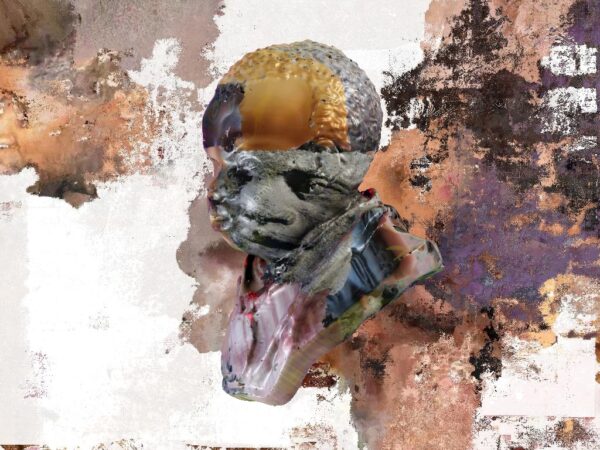Like many of my fellow researchers working under the restrictions of the pandemic, I have come to view the upcoming training events in my diary with a mixture of excitement, yes, but also some trepidation. It is undeniable that we lose something over Zoom and similar digital platforms. A sense of immediacy, perhaps, or connection. Indeed, the somewhat uncanny, one step removed nature of conferences and meetings over webcam have the potential to leave us feeling more, rather than less, isolated.
I approached the 12th February Material Witness session on ‘Ownership and Authorship in the Age of Digital Technology’ with artist and curator Antonio Roberts, with this somewhat gloomy lockdown mentality. As I prepared for the meeting by trying to make the small part of my room captured by my webcam as presentable as possible, I was curious. I wondered how, based on the existing reputation of Material Witness as hands-on, site specific workshops which very much focused on the material, this would translate into the digital workshop format.
The session started as one would imagine. My computer screen filled with small squares, some containing faces, others not. The Courtauld Institute’s Research Forum were gracious online hosts and guided us through the session’s netiquette before introducing Antonio (aka hellocatfood – https://www.hellocatfood.com) and providing a brief overview of his artistic background. I worried, as I always do, about whether to switch my camera off or not- I’m not sure I will ever settle on an answer that I feel comfortable with!
Antonio proved to be a captivating speaker, deftly weaving facts about copyright, high profile media debates and examples of his own work into a fascinating and informative lecture. What can run the risk of being a somewhat dry, legalistic topic – copyright – was skilfully opened out into larger conversations around who can, and who does, claim ownership over cultural images and objects and what purpose current copyright law serves.
As an art historian specialising in queer uses of Christian imagery I am interested in how powerful groups, such as the Catholic Church, claim ownership, with greater or lesser degrees of success, over widely recognisable and endlessly reproduced religious images such as La Virgen de Guadalupe and the tensions that this creates. By drawing upon examples such as the “Mickey Mouse Protection Act”, by which Disney’s legal teams have adjusted copyright laws to their benefit over the years, or the daring digital heist and subsequent online sharing of the famous sculpture of Nefertiti’s head by German art duo Nora Al-Badri and Jan Nikolai Nelles, Antonio illuminated a number of similar tensions over ownership and autonomy in the media, art and museum worlds.
These tensions are played with in Antonio’s own work, and I particularly enjoyed the moments of his talk which discussed the 2017 group exhibition No Copyright Infringement Intended and his work Visually Similar, commissioned by the V&A in 2019. The strength of No Copyright Infringement for me was its combination of a joyful, playful element with its hard questions of our society’s power structures.
Following his presentation, Antonio took questions from the group before leading us in a whirlwind tutorial of how to make our own digital memes from public domain imagery and greenscreen stills of Rihanna. Which made a lot of sense in the context! Mine superimposed an army of Rihanna’s on the fabric of La Virgen’s mantle.
By the end of the two hours my earlier doubts had been completely allayed. The session had been so much fun that I hadn’t noticed the time passing, and, for the first time since last September, I found myself wishing that an online event would have lasted longer! By combining a mixed media presentation, the insightful questions from my fellow academics and a creative online workshop, Antonio really captured the essence of Material Witness. I can only hope he is invited back for a longer session in the future.









